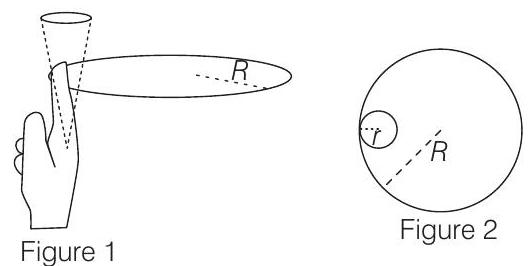Rotation 5 Question 13
23. In the List-I below, four different paths of a particle are given as functions of time. In these functions,
(2018 Adv.)
| List-I | ist-II | |
|---|---|---|
| P. |
1. | |
| Q. |
2. | L |
| R. |
3. | K |
| S. |
4. | |
| 5. |
(a)
(b)
(c)
(d)
Passage Based Questions
Passage 1
One twirls a circular ring (of mass 
Show Answer
Answer:
Correct Answer: 23. (a)
Solution:
- When force
(P)
(Q)
But






